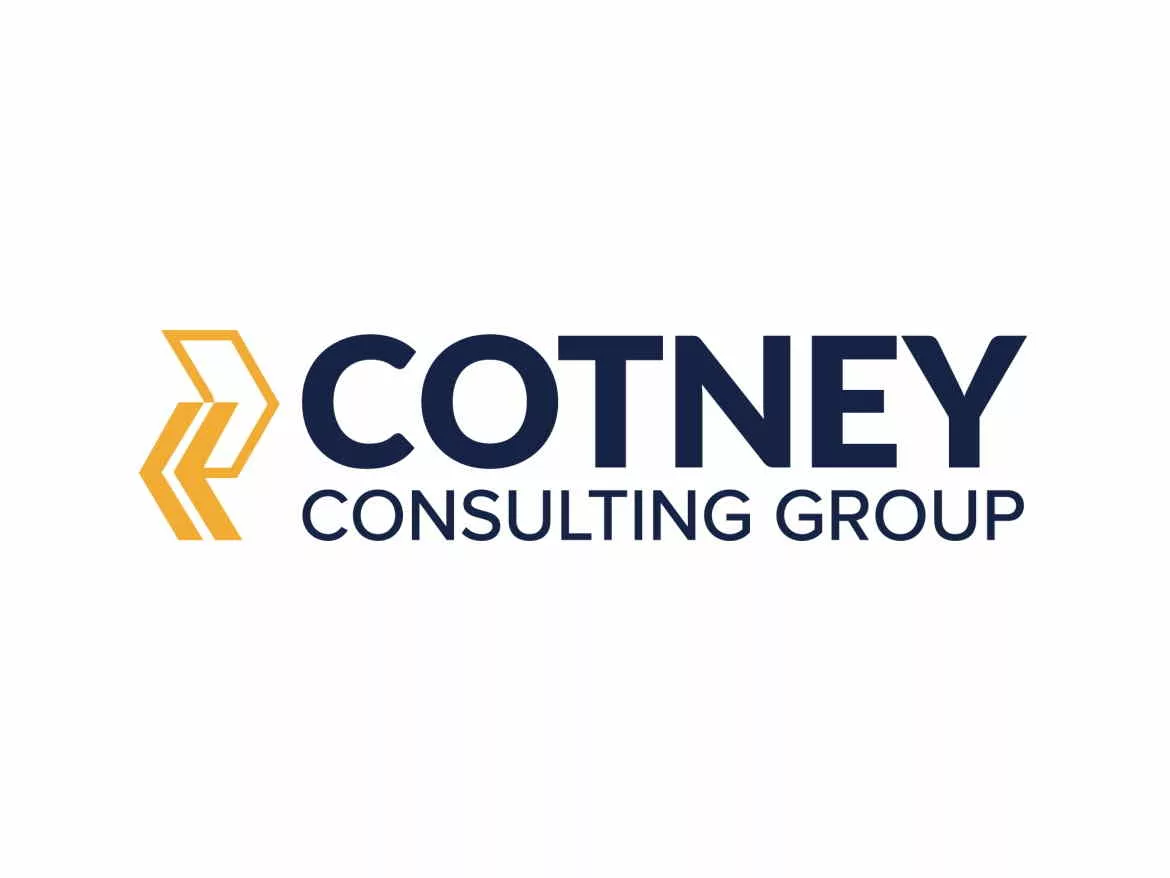The Pressure is on in 2022

The past year was a challenging year for roofing contractors. In addition to pervasive material price increases and volatility, the industry continued to be impacted by COVID-19 regulations. As we move into 2022, along with the uncertainty associated with COVID-19, roofing contractors will face a variety of other issues. In particular, increased government regulation from OSHA, the need to modify contracts to reflect emerging threats, and the risk of misclassifying independent contractors will create additional pressure on roofing contractors throughout the rest of this year.
OSHA Regulation
The Biden administration already signaled its willingness to extend OSHA’s power to its limits through past proposed regulations such as the COVID-19 OSHA Emergency Temporary Standard. Currently, OSHA is engaged in the rule-making process for the new heat injury and illness standard. However, preliminary drafts of the rule caused roofing contractors concern when those drafts suggested that OSHA could visit any job site where the temperature is greater than 80 degrees Fahrenheit, similar to the CAL-OSHA standard.
In addition, the Biden administration has engaged in stricter regulation of state plans. There are currently 22 state plans which must maintain standards at least as strict as federal OSHA. If the state plans do not meet those standards, federal regulators may move to decertify the state plans. The Unified Agenda of Federal Regulations shows OSHA’s intent to decertify Arizona’s state plan is in the proposed rule stage.
Modify Your Contracts
Material volatility is predicted to increase throughout 2022. In addition, massive storms such as the tornadoes in Kentucky and the recent shutdowns and disruptions due to the Omicron COVID-19 variant have further exacerbated problems with the supply chain.
Similarly, the lack of skilled labor continues to be a considerable threat to the industry. Many commercial roofing contractors have had to lay off crews because the material is unavailable to keep the crews busy. These workers are leaving the industry in droves and may never be replaced.
As a result, a roofing contractor should take the time to ensure there are contractual mechanisms that provide for price acceleration, material delays, and labor shortages. Of course, these suggestions make sense when using your contract. Still, even if you are bidding on work or reviewing a general contractor’s contract, you should take the time to contemplate these issues, revise the contracts to the extent you can, and adjust pricing.
Worker Misclassification
The Biden administration also demonstrated its pro-union tendencies, which include focusing on workers paid as independent contractors and not as employees. Historically, to determine whether someone is correctly paid as a 1099 worker as opposed to a W-2 employee, a variety of factors are examined to determine the independence of the independent contractor (for roofing contractors, this often involves the use of subcontractor labor).
Recently, in proposed legislation such as the Protecting the Right to Organize (PRO) Act, the Biden administration focused on misclassifying subcontractors by suggesting that the federal government follow the onerous California ABC Test. The California test makes it difficult to be a true “independent contractor,” thereby allowing government regulatory agencies to claim that subcontractors are indeed employees; they are just misclassified.
The National Labor Relations Board announced in January that it intends on replacing the existing standard for who is an independent contractor. It asked for briefs on the issue to be produced on or before Feb. 10, 2022. Therefore, you can rest assured that a new definition will emerge, making it more difficult to pay someone as a 1099 independent contractor.
The Future
2022 will be a time for innovation and a move toward multi-purposed roofing materials. In addition to acting as roof coverings, these materials will also harness solar, wind, kinetic, and other forms of energy. Roofing contractors will work with owners and developers to help make a roof a profit center for building owners.
Similarly, although labor and material are in short supply, demand remains steady. Even if the economy takes a dip, the need for new roofs and roof repairs should continue. More than 80% of contractors anticipate growth in both residential and commercial sales volume over the next three years. As a result of labor and materials shortages, technology will play a more prominent role in bridging the gap between supply and demand. The most commonly used technologies include estimating software (64%), enterprise and accounting software (50%) and drones (43%). However, we anticipate the use of emerging technologies such as 3D printing, VR/AR for training and workforce development, and automation through AI and robotics to take center stage in 2022.
Looking for a reprint of this article?
From high-res PDFs to custom plaques, order your copy today!







